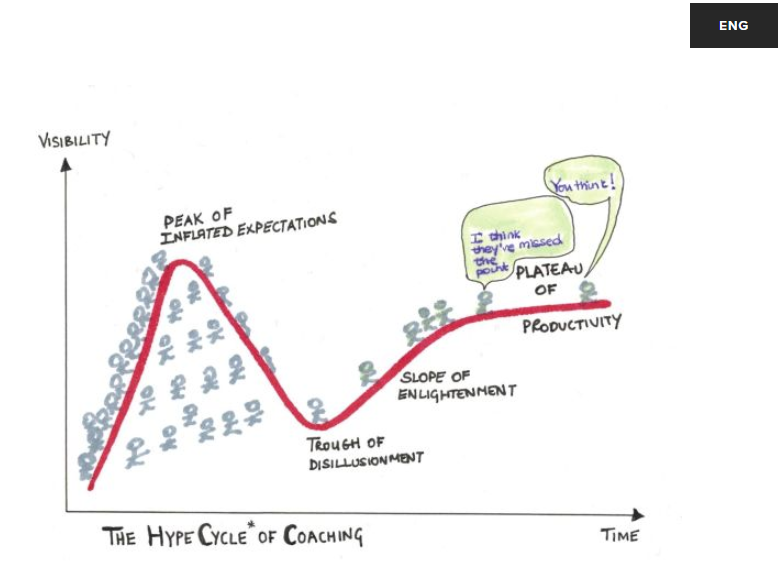How does the perception of age influence the credibility of the professional coaching space? by Yvonne Thackray, Charlotte Murray and Nick Wai
This paper focuses on the perception of age within the executive coach field and by clients. The investigation begins with published reports (Sherpa, ICF Report, Ridler Report) in which the concept of age indirectly factors into, and serves as proxy for, coach experience, background, expectations, and credibility. The key questions to be explored are 1) what can be shared across the ages that can help us learn and grow as coaches and develop as an industry. 2) how can we better align ourselves as coaches to what is demanded from clients? 3) what is the future of professionalism in coaching (in terms of skills training, adhering to code(s) of conduct, accumulating a certain level of experience in coaching, business leadership and industry sectors, ‘white hair’, coaching knowledge) as the average age of coaches becomes younger and with more diverse profiles than before? 4) how do we build a sustainable coaching talent pipeline in order to increase accessibility to other spaces and ensure the future of coaching?
Geographically, the coaching industry is more mature in Europe, North America and Oceania (ICF 2013 Report) while it continues to grow as an emerging industry in South America. There are many training schools and a number of universities providing coaching programs from executive to life coaching, and everything in between: there is a surplus of coaches and uncontrolled and plethora of training programs. Every coach’s style will vary based on expertise and background, alongside the ever-increasing change in demands for specialities.
There is confusion in the marketplace, which is one of the key issues highlighted by the ICF Report 2013, and “buyers do not actively source coaches” (ICF, 2013). Furthermore, the majority of coaches who work in organisations are sole practitioners or small group of coaches of similar age. How can the coaching community help the purchasers of coaching source the right coach for the right client with the right fit?
Age is categorically used as a differentiator to demonstrate changes in the industry; according to the Sherpa report 2014, for example, external coaches are often more experienced, with more than 5 years of coaching experience, and 55% are above the age of 55 years old compared to 42% of internal coaches. In addition, fewer external coaches use a documented coaching processes (42%) compared to internal coaches (70%). The Sherpa report also found that younger coaches have different preferences for how to measure the benefits of coaching as well as which assessments to use in a coaching engagement; coaches under 45 prefer “Impact on Business” while those over 45 prefer the 360 Feedback tool to measure progress. Do these reports facilitate the sourcing of the right coach for the client?
In the published reports experience was commonly highlighted as being key. Importantly, “ ‘who’ coaches had experience working with” (ICF, 2013) and whether the coach has “sufficient credibility and gravitas for [the] sponsor to put them forward to meet [the] senior coachee” (Ridler, 2013). It is stressed that what counts are skills in listening, questioning, empathy, and lateral thinking– skills that lead to actions and results. These are all learnable skills, which interested and dedicated coaches can pick up regardless of age. How does learning coaching skills regardless of age coincide with the need for experience, and how do these coaching competencies translate into measurable benefits that clients want?
The key influential reports used for this discussion focus primarily on the short term and historical data to drive the current trends and needs in the industry. However, the medium and long term future vision of both the coaching industry and what clients will seek, need more attention. Taking the time and space to build a sustainable coaching talent pipeline, which includes knowledge, experience and credibility regardless of age, through a form of consolidation will ensure quality of service whilst retaining creativity and growth.
First published at the APECS 2014 Symposium
References:
ICF (2013) Executive Summary: 2013 ICF Organizational Coaching Study
Sherpa (2014) Executive Coaching Survey ‘14: Evidence & InteractionRidler (2013)
Ridler Report 2013: Trends in the Use of Executive Coaching in collaboration with EMCC UK










